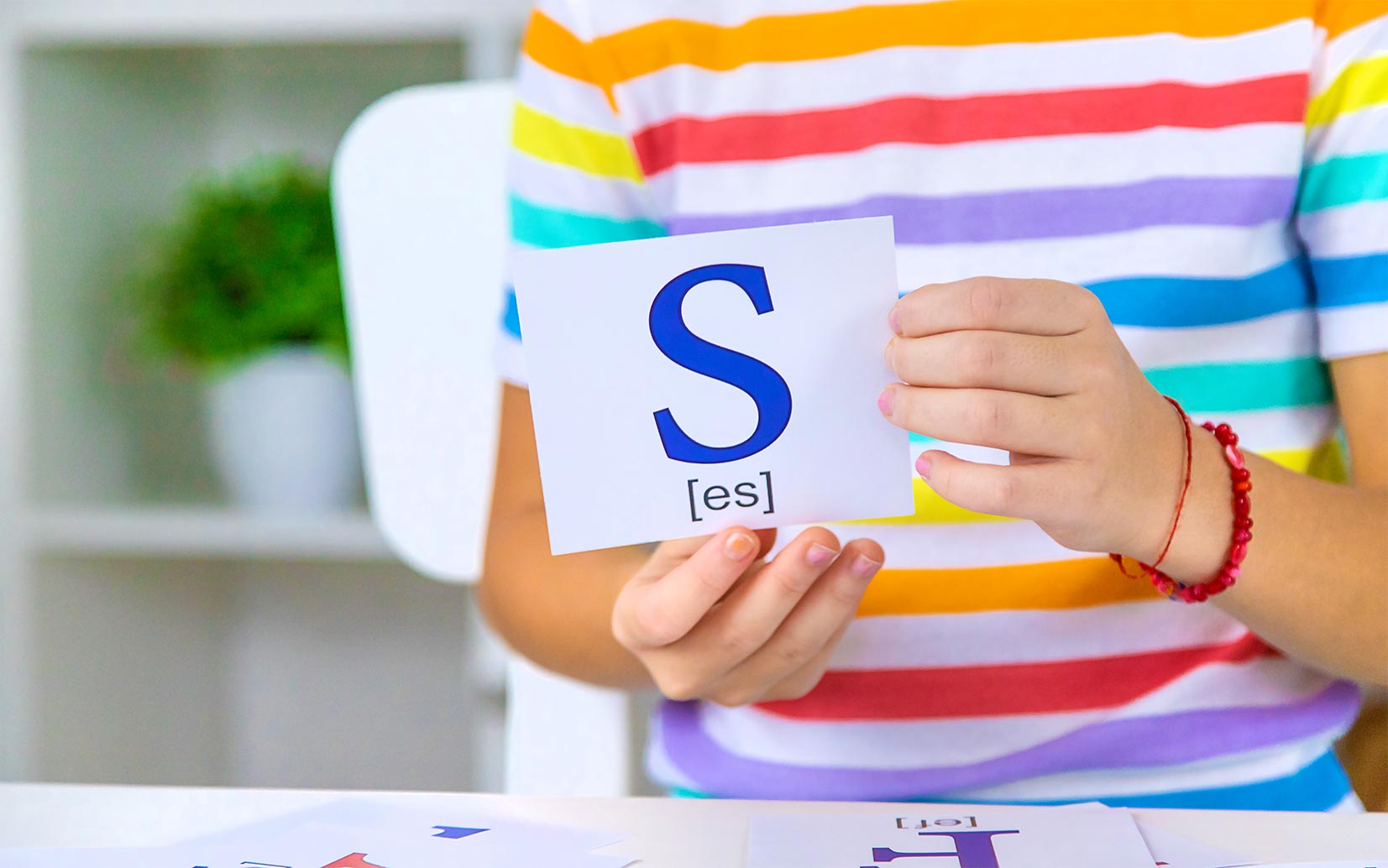What is phonics?
Phonics is a method of teaching reading and writing that focuses on the relationship between letters and sounds. Phonics instruction typically begins with teaching children the sounds of individual letters, and then progresses to teaching them how to blend these sounds together to form words.
Why is phonics important?
Phonics is an important part of reading instruction because it provides children with a systematic way to decode words. This means that children can learn to read new words without having to memorize them all individually. Phonics instruction has also been shown to be effective for children from all backgrounds, including those with dyslexia.
How is phonics taught?
Phonics is typically taught in a sequential manner, starting with the simplest sounds and progressing to more complex sounds. For example, children might first learn the sounds of the short vowels (a, e, i, o, u), and then the sounds of the long vowels (a_e, e_e, i_e, o_e, u_e). Once children have learned the sounds of individual letters, they can learn how to blend these sounds together to form words. For example, the word “cat” can be blended by saying the sounds /k/, /æ/, and /t/ together.
What are the different types of phonics instruction?
There are two main types of phonics instruction: synthetic phonics and analytic phonics. Synthetic phonics instruction begins with teaching children the sounds of individual letters, and then progresses to teaching them how to blend these sounds together to form words. Analytic phonics instruction begins with teaching children about the different word patterns that exist in English, and then progresses to teaching them how to use these patterns to decode words.
What are the benefits of phonics instruction?
There are many benefits to phonics instruction, including:
- Phonics provides children with a systematic way to decode words. This means that children can learn to read new words without having to memorize them all individually.
- Phonics instruction has been shown to be effective for children from all backgrounds, including those with dyslexia.
- Phonics can help children to develop their reading fluency.
- Phonics can help children to develop their spelling skills.
What are some tips for teaching phonics?
Here are some tips for teaching phonics:
- Make phonics instruction fun and engaging. Children are more likely to learn if they are enjoying themselves.
- Use a variety of teaching methods, such as games, songs, and activities.
- Provide children with plenty of opportunities to practice their phonics skills.
- Be patient and supportive. Learning phonics takes time and practice.
Here are some phonics resources that you can use:
- Websites:
- Starfall
- Phonics Hero
- ABCMouse
- Apps:
- Phonics by Duck Duck Moose
- Endless Alphabet
- Montessori Preschool Phonics
- Books:
- Teach Your Child to Read in 100 Easy Lessons by Siegfried Engelmann and Wesley Johnson
- The Reading Miracle by LeAnn Morris
- From Phonics to Reading by Wiley Blevins
Phonics is an important part of reading instruction. It provides children with a systematic way to decode words, and it can help them to develop their reading fluency and spelling skills. If you are looking for ways to help your child learn to read, phonics is a great place to start.





Leave A Comment